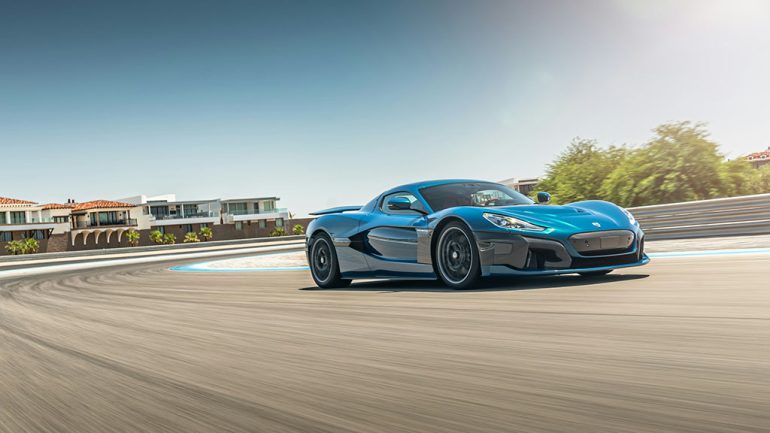
Automotive Addicts: Drag Strips and race tracks could ban EVs over safety concerns.
Automotive
Electric vehicles (EVs) have earned a reputation as some of the fastest vehicles on the road and track, especially with models like the Tesla Model S Plaid accelerating from 0 to 60 mph in an astounding 1.9 seconds. EVs are gaining popularity as drag racers because of their instant torque and ability launch from the line. But despite their popularity, some tracks are now starting to ban EVs, citing fire and shock hazards that make it difficult to manage these vehicles safely in high-speed environments.
Willowbank Raceway Bans EVs Over Safety Concerns
Willowbank Raceway in Queensland, Australia, recently announced that it will no longer allow fully electric vehicles to race or test at its facility. Drive.com.au reported that this decision was made following a review of safety rules and emergency response procedures. The decision reflects growing safety concerns about EVs in the high-stakes, high-speed setting of motorsports.
“After careful consideration and investigation, Willowbank Raceway has decided that we can no longer allow road-registered Fully Electric Vehicles to race or test at Willowbank Raceway,” reads the press release from the track. We have reviewed the regulations of Motorsport Australia and NEDRA as well as emergency response procedures specific to vehicles. After information provided by these departments we have determined that racing and testing electric vehicles is too risky. Willowbank’s concerns are rooted in the specific risks that EVs pose, such as:
Battery-Related Fire Hazards
- : Damaged EV batteries can release flammable gases and pose a significant fire risk. Unlike gasoline fires, which are generally managed with standard fire suppression methods, EV battery fires often require large quantities of water or specialized equipment that many tracks lack.Shock Hazards
- : EVs run on high-voltage systems, and the track worries that emergency responders may not be able to confirm that the vehicle is safely powered off after an accident, putting them at risk of shock.Inaccessible Doors
- : Some EVs, notably Tesla models, have retractable door handles that can be challenging to open from the outside. This can pose significant problems in emergencies when rescuers need to access the vehicle.“Live” Vehicles
- : Willowbank also highlighted concerns about the inability to confirm if an EV is completely deactivated after a wreck, meaning it could potentially still pose a risk to both the driver and emergency personnel.Although Willowbank has not experienced any significant EV-related incidents, the track is prioritizing safety, even if that means temporarily barring EVs from racing. “While you might be able to nitpick the track’s case for banning EVs, you can’t knock ’em for wanting people to stay alive,” says Willowbank in its statement, emphasizing that the decision was made with the well-being of both participants and staff in mind.
Other Tracks Banning EVs
Willowbank isn’t alone in this approach. Other tracks have banned electric vehicles in the last few years. Summit Point Raceway in West Virginia and Anglesey Circuit in Wales are two other notable tracks that have restricted EV access, sparking a wider conversation about the future of EVs in motorsports.
These tracks are typically smaller, grassroots facilities without large staff or the extensive resources to handle the unique challenges of EV safety. Many smaller venues will likely follow Willowbank in allowing EVs. While the larger and better equipped tracks may continue to do so, they may also be more inclined to allow EVs. Banning EVs altogether could become a trend among venues that cater to amateur and community racing due to both financial and logistical limitations.
The Future of EVs on the Track
As EVs become more popular and continue to push the boundaries of automotive performance, the motorsports world will likely need to adapt. Some of the larger drag racing organizations are working on EV safety protocol and investing in equipment for handling potential EV accidents. For smaller tracks, however, these issues can require large investments that may not always be feasible. Until there are standardized protocols and affordable solutions, it’s likely that more tracks will err on the side of caution and limit or ban EV participation.
EV drivers in Queensland, Australia, and elsewhere will still find tracks willing to accommodate them. In the Queensland area, nearby venues like Lakeside Park and Carnell Raceway remain open to EV racers, but the decision at Willowbank may be indicative of a trend to come.
For now, as the EV market continues to grow and regulations evolve, it remains to be seen how racing culture will adapt to the unique demands of these powerful, quick, and complex vehicles.
Sources: The Drive, Drive.com.au
Follow us today:

